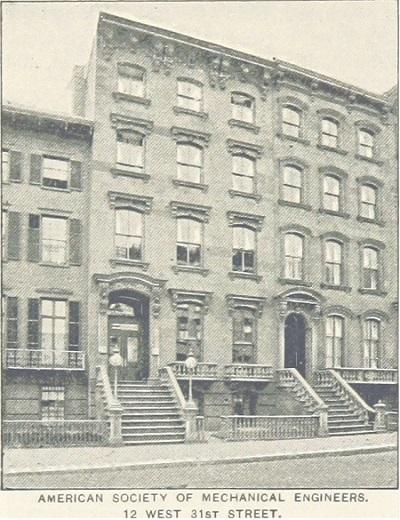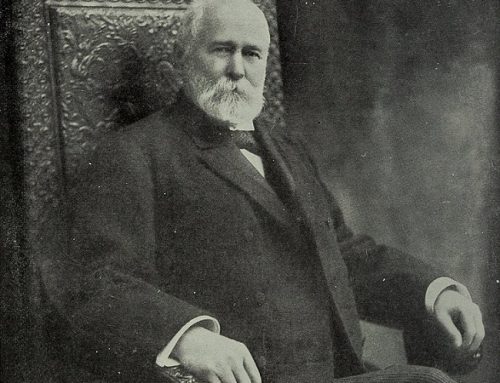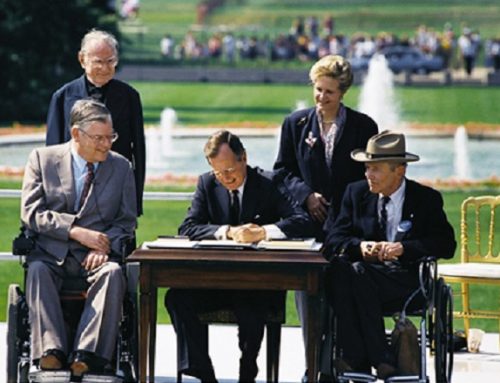About the American Society of Mechanical Engineers
The American Society of Mechanical Engineers (ASME) is a US-based engineering society that was formed over 100 years ago. The main goal behind the organization was to allow engineers to work together and share ideas, collaborate on projects and design standards for the progress of engineering. The ASME has been playing a major role in the engineering industry ever since its inception, and has been instrumental in designing standards for specific engineering fields to make sure that they are all compatible with one another. These standards have helped to make sure that ASME members and other engineers can collaborate and progress their work without any issues. The history of the ASME goes back as far as World War 1, when this organization was found as a way for engineers from different countries to come together following WW1.
The society publishes the world’s most prestigious journals on applied mechanics, publishes books on various engineering topics, hosts conferences around the world, develops technical standards, conducts continuing education courses for engineers, licenses exams for many specialty areas in mechanical engineering, provides mechanical engineering information resources to professionals around the world through its online database known as “the Knowledge Center,” and represents all aspects of applied mechanics before international bodies.
ASME has grown over the decades and now has over 120,000 members from more than 150 countries.
The History of the American Society of Mechanical Engineers
The American Society of Mechanical Engineers (ASME) was created in 1880 to provide a forum for engineers to examine the issues raised by the advent of industrialization and mechanization.
The Society’s founders included notable steel engineer Alexander Lyman Holley, Henry Rossiter Worthington, and John Edison Sweet, as well as some of the most prominent machine builders and technical pioneers of the late nineteenth century.
On February 16th, Holley presided over the inaugural meeting, which drew thirty persons to the American Machinist’s editorial offices in New York. The group began holding regular meetings in this year to address the development of standard tools and machine parts, as well as standardized work procedures.
However, it wasn’t until 1905 that ASME’s goal and impact on civilian life were given new definitions.
Late-nineteenth-century technology was powered by steam. Boilers and pressure vessels were temperamental, requiring regular care and maintenance despite their power. Despite the fact that there were several boiler explosions throughout the nineteenth century, no legal rules for boilers existed in any state of the Union. The Grover Shoe Factory Disaster in Brockton, Massachusetts on March 10, 1905 was without a doubt one of the most significant events that demonstrated the need for boiler rules.
An older boiler that was being utilized as a backup while the newer type was being serviced exploded, destroying three stories and the roof of the structure. Many personnel who escaped the initial explosion and fall were trapped by broken beams and heavy machines. Fires were started by burning coals thrown from the boiler, which landed throughout the disintegrating superstructure and were fueled by broken gas lines. The explosion killed 58 people and injured 117 others.
This disaster prompted Massachusetts to form a five-member Board of Boiler Rules, whose task was to draft a boiler law for the state; the board’s boiler regulations were published in 1908.
After establishing the Boiler Testing Code in 1884, ASME established a Boiler Code Committee in 1911, which resulted in the publication of the Boiler & Pressure Vessel Code (BPVC) in 1915. Most US states and territories, as well as Canadian provinces, adopted the BPVC as law.
Engineers and policymakers have access to a wealth of technical and biographical material because to ASME’s rich publication history, which includes standards, theory, and technical publications. These publications provide a significant and tangible link to the past that continues to inspire ASME members today.
How does being a member of the ASME change lives?
ASME provides a one-of-a-kind experience to members. It gives people the opportunity to meet others with similar interests, take part in workshops, and get access to resources that would be difficult for them to find on their own. Members are able to get their questions answered by experts in the field, get feedback from other members on their work, and take part in activities they might not have had the chance to otherwise.
What is ASME’s connection with STEM education across North America?
ASME has been a leader in STEM education for many years. They have been providing resources and support to those who teach STEM education as well as those who are studying the subjects themselves. In recent years, they have been focusing on bringing their resources and expertise to more of the North American continent. They accomplished this by partnering with a number of organizations that already had a strong presence in the region, such as the Society of Women Engineers and the Canadian Society for Mechanical Engineering.
What are some tips for getting involved with ASME?
The first tip for getting involved with ASME is to find out the meeting locations. Once you know where meetings are, contact the organizers of the meeting and find out if they need any volunteers. Volunteering is a great way to get involved with ASME. ASME also needs volunteers who can help with some of their social media channels. ASME has social media channels for Facebook, Twitter, LinkedIn and YouTube. These channels are used to post job opportunities for engineers as well as post photos or videos that relate to engineering or engineering-related topics. Finally, another way that you can get involved with ASME is by donating money to them through their website.










